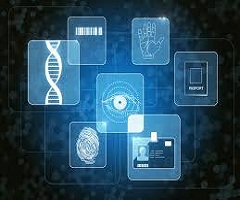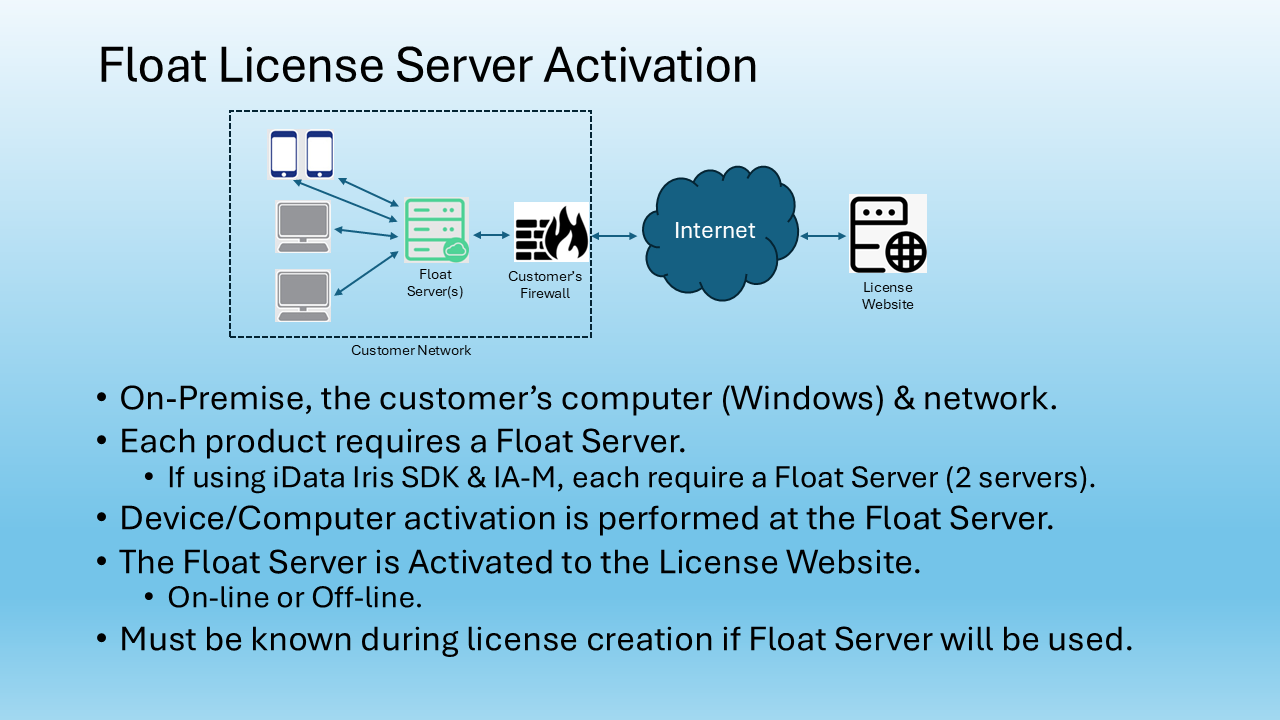The following is a guest post by Mohammed Murad, Vice President, Global Sales and Business Development, Iris ID
Two of 2020’s biggest news stories – the COVID-19 coronavirus pandemic and protests seeking racial equality – have affected businesses worldwide, with the biometric industry being no exception. How long the impacts will last is, at best, a guess. But let’s take a current look at how biometrics’ most-used technologies, fingerprint, facial, and iris recognition, are faring in this new era.
According to a leading industry analyst, the virus sounded a “death knell” for contact-based, the single finger readers commonly used in office buildings, airports, ATMs and many other locations. The U.S. Centers for Disease Control and Prevention said the disease is spread overwhelmingly through close person-to-person contact. Yet the agency can’t rule out people becoming infected after touching a surface with the coronavirus on it, then touching their mouth, nose or eyes. Even if surface transmission is relatively rare, few people will risk their health when alternative technologies exist.
What’s needed is a contactless solution capable of matching fingerprints with the millions of images stored in public and private databases. Several contactless fingerprint readers are now available. However, they have mixed results with accuracy. A 2019 U.S. study conducted by the U.S. National Institute of Standards and Technology (NIST) compared prints, scanned without contact, to database images. Accuracy rates using any single finger were in the 60 percent to 70 percent range – far too low for use in security. Multiple finger combinations topped 99 percent accuracy. Manufacturers are working to improve the reliability of contactless single finger devices. Another major obstacle to implementation of the new fingerprint technology is the cost of the contactless readers, which can sell for nearly three times the cost of comparable contact devices.
While facial recognition is contactless, this year’s events highlighted problems with the technology. Healthcare workers, first responders and the general public now wear personal protective equipment (PPE) to help protect themselves from COVID-19 infection. The masks, goggles and medical caps cover much of a person’s face and reduce accuracy. (read more)


